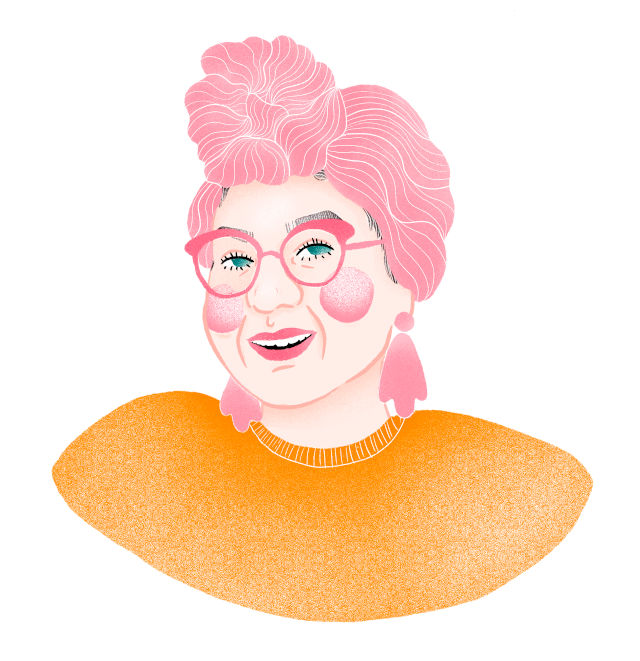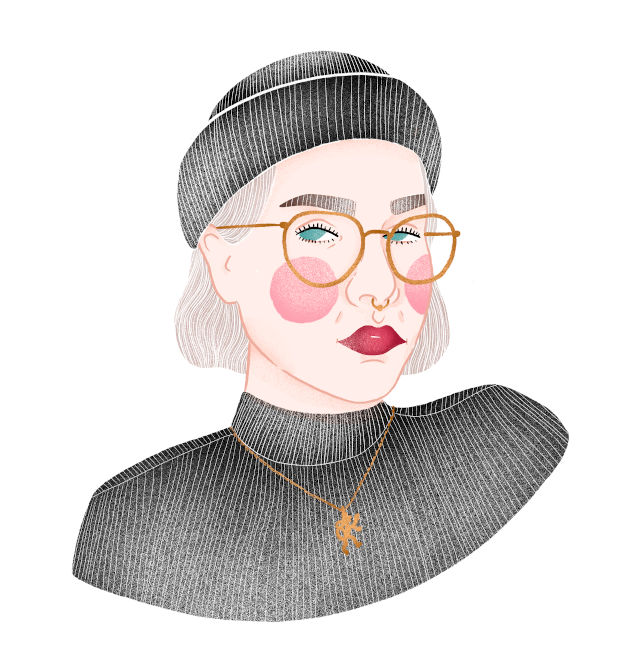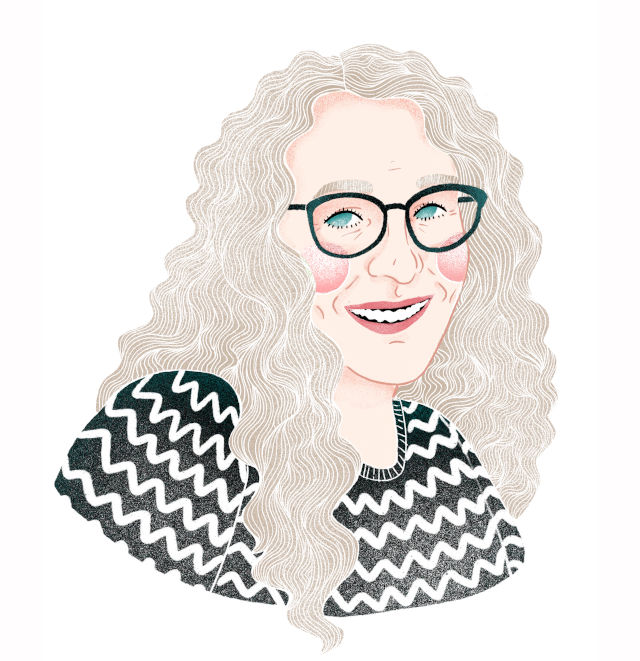Three steps towards media criticism
1. Be aware of your own preconceptions. People are more likely to adopt information that supports their own preconceptions and worldview.
2. Inspect content with a critical attitude. Who published the content and where? Why has it been published? What is the purpose it serves? Does the content refer to sources and can they be found online? Google if you can find the statement from some other source.
3. Do not share content if you cannot find confirmation for the statements made or otherwise cannot reliably assess if it is true or not. If you know the content is incorrect and you would like to show that you disapprove of the publisher, do not share it. If you share false information, you promote to the spreading of false information even if your intention is the opposite.
“One important tip is that if you come across content on social media that you know not to be true but it is so appalling that you want to complain about it, NEVER SHARE IT! This is because the publisher of disinformation doesn’t care why the content was shared, only that the content spreads. By sharing content you know is a lie, you spread disinformation and serve its publisher even if your intention is completely opposite.”
Janne Matikainen
University of Helsinki
Reliable sources of information
Sources that are usually considered reliable include authorities, research institutions, expert organisations, news agencies, independent media, textbooks and encyclopedias.
Assess if the source is a commercial operator or if it has commercial links to the topic at hand.
Assess if the source is an ideological operator and what its opinion of the topic at hand is.
Finnish media outlets: As members of the Council for Mass Media, the majority of Finnish media is committed to complying with ethical journalism. These include inter alia Helsingin Sanomat, Yle and MTV3. You can find all the media outlets in the Council’s member organisations from here (in Finnish): www.jsn.fi/blog/mitka-mediat-kuuluvat-jsnn-saantelyn-piiriin/.
Finnish authorities: By default, Finnish authorities are reliable sources because they are bound by legislation and have responsibility for the legality of their actions. Documents by authorities are primarily public information, and authorities have an obligation stated in the law to guide citizens and respond to queries. Public Service Info will guide you to the correct public service: www.kansalaisneuvonta.fi/en-US
“Usually, reliable information is created in places that have long traditions of ensuring the reliability and credibility of information. For instance, different authorities who are legally responsible. If the information is based on data from authorities, it can usually be trusted more than some other source. And if a reliable medium publishes a piece of information, it can usually be trusted.”
Tero Koskinen
Head of Preparedness, Media Pool
Science institutes and research organisations: Universities and other public research organisations produce information that meets the criteria of science. This means that it is objective, peer-reviewed and can be replicated. However, much more than just scientific information is produced and published under the name of research and studies. For instance, commercial and ideological operators order different kinds of studies and reports. That is why you should pay attention to the publisher of the information. It may be difficult for a layperson to differentiate a reliable scientific study from commercial “studies” and pseudoscience. Therefore, you should always be extra careful with research sources.
A small guide to fact checking
When you produce content for your own channels
1. State clearly what is your opinion and what is a fact.
2. If you claim something, check that it is true.
3. Also check any claims from your commercial partner from another source.
4. Use reliable sources, e.g. Finnish media, authorities and research institutes.
5. Only use genuine photographs that ar relevant to the context.
6. Tell your followers the source of the claim.
7. If you unintentionally publish false information, rectify your mistake and make it clear to your followers what was incorrect information and what was correct.
“My way of working is such that I dive as deep to the root of the information as I can. If it’s about a Finnish study, it’s quite easy because here you can call anyone.”
Noora Shingler
social media influencer, Kemikaalicocktail
“If a customer delivers me source material and it’s a study, for instance, I always ask for more information: what is this study, who conducted it, did you fund it, can I get more detailed information. If it’s a cooperation I cannot fully stand behind and if there’s something unclear, I simply won’t do it. One example is of a natural product developed for treating children’s colds. I have an article ready about it. I got to see some research results and published an article. But now I have hidden it because the research source is still not publicly available online. I will only re-release the article when I can link the source.”
Noora Shingler
social media influencer, Kemikaalicocktail
“Facts can be checked by googling. In serious matters, for instance in those related to health, you should call an expert.”
Emmi Nuorgam
author & journalist
“When you discuss sources so openly, it’s possible that some incorrect information ends up in there, too, and then I hope my viewers will comment about it. For me, it’s important to know if some information is incorrect because then I can correct the error.”
Mikko Toiviainen
social media influencer, Kalenterikarju
When you share content produced by others
1. Think for three seconds before sharing anything.
2. Never share a link based on only the headline, always check the entire content.
3. Separate facts from opinions. Does the article claim something? Who claims what? Opinions, guesses, hopes or encouragement are not statements.
4. Check the claim from a reliable source that includes e.g. Finnish media, authorities and research institutes. For instance, you can google the claim in the article and check if you can find it elsewhere online.
5. Evaluate critically if the images are in the correct context and if they have been modified to change the truth.
6. Never share anything that contains false information. Not even when you want to say that you have identified a piece of fake news or are appalled of the incorrect claim. Sharing false information always serves the spreader of disinformation even if your intention was the opposite.
“Fact checking... You have to use detective skills for that because the world is full of facts. Verifying an individual thing takes quite a bit of work, but if it’s information that is important to share, then it’s worth the effort.”
Sonja Hernesniemi
CEO of the Finnish Society on Media Education
“I’m very careful about what I say on social media, what I write, what I talk about on my videos. I always start by first googling as many sources as possible. If you know at all how to use Google, it’s surprisingly easy to find sources. They contain all kinds of information, then you just have to fit the pieces together and interpret who is saying what and how is this related to the context. It’s not easy.”
Konsta Linkola
photographer & influencer
Instructions for communicating commercial collaboration
In Finland, surreptitious advertising is forbidden by the Consumer Protection Act. This means that all mediaconsumers must easily be able to tell advertisements apart from other media content and identify when there is an intent to influence them commercially.
Guidelines from the Finnish Competition and Consumer Authority: The Finnish Competition and Consumer Authority has created guidelines on how commercial collaboration must be communicated in influencer marketing.
The main rule is that it must be always indicated clearly at the start of the post that this is an advertisement. In addition, the name of the company or the brand that is advertised must be mentioned. This applies to both cooperation where money is exchanged, as well as products or services received free of charge.
The Consumer Ombudsman recommends that the expression “advertisement” is used in the communications. An alternative way of communicating is using the expression “commercial collaboration”.
“When you create commercial content, it must be expressed very clearly. In addition, you should remember that if someone offers you readymade content, research data or some other information for sharing, think about why they want to do that. Why does this person or this company want to spread this information? Find out who has conducted the research and where it comes from. Ask for sources and publish them.”
Noora Shingler
social media influencer, Kemikaalicocktail
PING Ethics code: You can check the correct ways of communicating commercial collaboration from the PING Ethics code. It includes concrete examples of the practices on different social media channels.
PING Ethics is a shared ethical code for content producers and companies, aimed at promoting fairness and transparency in influencer marketing. All the legislation, regulations and instructions as well as established practices of the industry are collected in the code.
The ethics code maintained by PING Helsinki has been created in cooperation with social media content creators as well as businesses and organisations that work with content marketing. By signing the PING Ethics code, an influencer or business can show its audience, customers or partners that they are committed to engaging in responsible and open influencer marketing.








